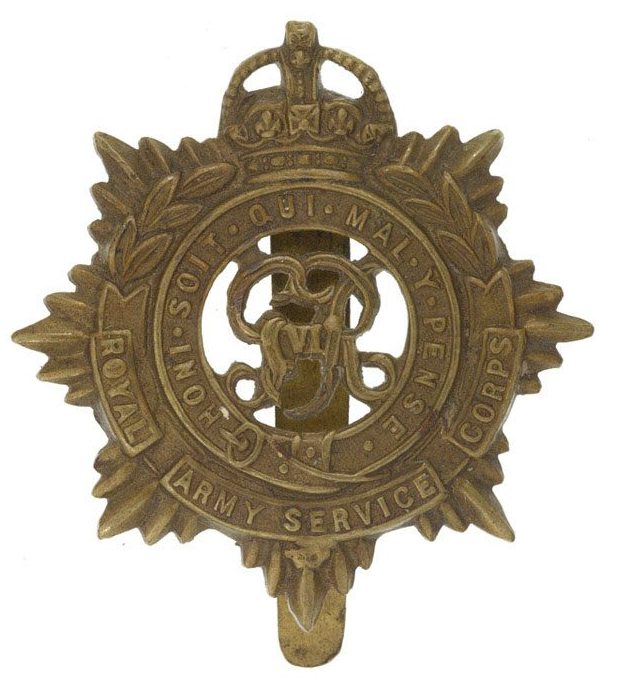Personal Details
Born: 17 February 1895 in Liverpool, Lancashire and baptised on 3 April the same year at All Saints Church, Stoneycroft, Lancashire.
Family: Lived with father William Alfred, mother Annie and sister and brothers Hilda, Albert, Richard and Stanley. He married Hilda Lewis in 1919 in Prestwich, Lancashire. No children can be confirmed for the marriage.
Residence: Born in Liverpool and moved to Whitchurch sometime between 1895 and 1899 (sister Hilda was born in Whitchurch in 1899). In 1901 he was living at Fountain House, Dodington, Whitchurch; by 1911 he had moved to Gig Lane Cottage, Whitchurch which is his address on the 1919 Absent Voters’ List. The 1939 Register shows him living with his wife, Hilda, in Staffordshire. He died in or near Shrewsbury.
Employment: 1911 Census lists him as a grocer’s assistant. Army documents list him as a solicitor’s clerk; in 1939 he was a food cost accountant.
Died: In 1977 registered in Shrewsbury.
Military Details
Regiment: Royal Army Service Corps
Rank: Private
Service Number: 307195
Date of Enlistment: 4 February 1916
Date of Discharge: 14 November 1919
Reason for Discharge: Demobilisation
George was awarded the Campaign Medals (British War Medal and Victory Medal)

The British War Medal (also known as 'Squeak') was a silver or bronze medal awarded to officers and men of the British and Imperial Forces who either entered a theatre of war or entered service overseas between 5th August 1914 and 11th November 1918 inclusive. This was later extended to services in Russia, Siberia and some other areas in 1919 and 1920. Approximately 6.5 million British War Medals were issued. Approximately 6.4 million of these were the silver versions of this medal. Around 110,000 of a bronze version were issued mainly to Chinese, Maltese and Indian Labour Corps. The front (obv or obverse) of the medal depicts the head of George V. The recipient's service number, rank, name and unit was impressed on the rim.
The Allied Victory Medal (also known as 'Wilfred') was issued by each of the allies. It was decided that each of the allies should each issue their own bronze victory medal with a similar design, similar equivalent wording and identical ribbon. The British medal was designed by W. McMillan. The front depicts a winged classical figure representing victory. Approximately 5.7 million victory medals were issued. Interestingly, eligibility for this medal was more restrictive and not everyone who received the British War Medal ('Squeak') also received the Victory Medal ('Wilfred'). However, in general, all recipients of 'Wilfred' also received 'Squeak' and all recipients of The 1914 Star or The 1914/1915 Star (also known as 'Pip') also received both 'Squeak' and 'Wilfred'. The recipient's service number, rank, name and unit was impressed on the rim.

